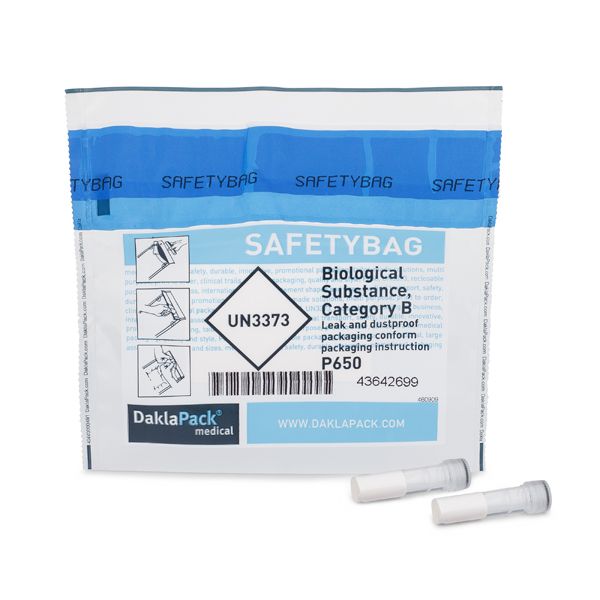Cre Recombinase RLPs
Cre Recombinase RLPs
Cre recombinase RLPs
Cre RLPs (RNA lentiviral particles) consist of biologically active Cre recombinase mRNAs packaged into nonintegrating, virus-like particles, and are used to mediate a transient burst of Cre expression for a wide array of in vitro and in vivo applications involving Cre-Lox recombination. Footprint-free Cre delivery via RLPs avoids the risks of random genomic integration and persistent Cre expression associated with viral transduction, and the cellular toxicity and target-cell limitations attributed to RNA or plasmid-based transfection. Cre RLPs are generated using a novel packaging technology that employs a phage RNA-binding protein to load multiple mature mRNA molecules per particle. RLPs have been demonstrated to yield robust Cre expression with high efficiency in cell lines, primary cells, stem cells, tissues, and organisms.
Overview
- Efficient delivery of active Cre mRNA via nonintegrating, virus-like particles (RLPs) enables rapid, transient Cre expression in mammalian cells
- Footprint-free RNA delivery avoids the use of a viral genome and risks associated with random genomic integration or persistent Cre expression and does not require activation or selection of target cells
- Suitable for a wide array of in vitro and in vivo applications, including use in immortalized cell lines, dividing and nondividing primary cells, stem cells, tissues, and various model organisms
- Available RLP formulations include Cre mRNA only (RLP-CRE-11, 0059VCT), or a combination of Cre and ZsGreen1 mRNAs (RLP-CRE-ZsGreen1-11, 0057VCT)
Applications
- Gene knockout or knockin studies involving loxP-based site-specific recombination
- Transient Cre expression in a wide array of in vitro and in vivo systems, including cell lines, primary cells, stem cells, mouse models, etc.
Dose-dependent, RLP-mediated expression of ZsGreen1 observed over time

Dose-dependent, RLP-mediated expression of ZsGreen1 observed over time.The indicated volumes of CRE-ZsGreen1 RLPs were applied to TE671 LoxP-LacZ cells in a 12-well format, and ZsGreen1 expression at the indicated time points was monitored by fluorescence microscopy. At 6 hours post application, ZsGreen1 expression was detectable in each cell population and varied according to the amount of RLPs applied. For each RLP dosage tested, ZsGreen1 expression was highest at 24 hours and greatly reduced at 48 hours post application.
Kinetics of Cre recombinase activity compared for RLP-, lentivirus-, and gesicle-mediated delivery

Kinetics of Cre recombinase activity compared for RLP-, lentivirus-, and gesicle-mediated delivery. To compare the kinetics of Cre recombinase activity using various delivery methods, Cre was expressed in TE671 LoxP-LacZ cells via application of RLPs, lentivirus, or gesicles (cell-derived nanovesicles carrying Cre protein), respectively, in 2-fold serial dilutions. Cells from each treatment were harvested and lysed at the indicated time points (8, 24, and 48 hours, respectively), and the expression of the LacZ reporter was assayed over a 1-hour period using the Luminescent Beta-galactosidase Detection Kit II (Cat. # 631712). For each delivery method, the MOI corresponding to the highest treatment concentration is indicated in the graphs corresponding to the 8-hour timepoint. In contrast with viral delivery, application of Cre RLPs (Cre RNA) and Cre gesicles (Cre protein) yielded detectable Cre recombinase activity after 8 hours, with Cre gesicles providing the fastest response. For viral delivery, Cre activity was detectable after 24 hours, but at a low level relative to the other methods. At 48 hours, cumulative Cre activity was comparable for the three delivery methods.
References
Prel, A. et al. Highly efficient in vitro and in vivo delivery of functional RNAs using new versatile MS2-chimeric retrovirus-like particles. Mol Ther Methods Clin Dev. 2:15039 (2015).


